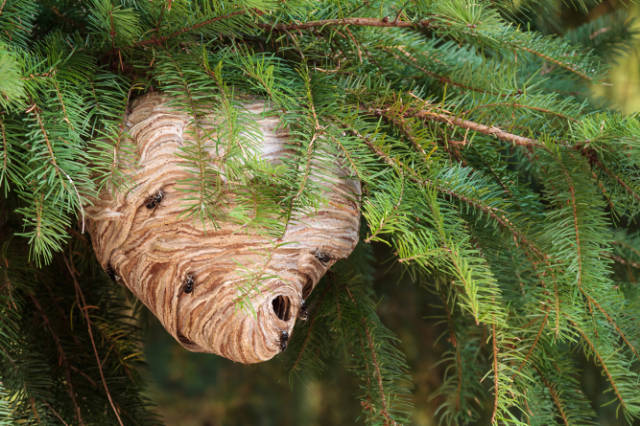Wasps scare and worry people more than most other insects that buzz. People often get the wrong idea about these flying animals, so they have a reputation for being aggressive and dangerous. But are wasps really the bad guys that people say they are? In this interesting look, we’ll get to the bottom of how wasps really act, dispelling some common myths and shining light on their complicated nature.
Myth 1: Wasps are always mean.
One of the most common misconceptions is that all wasps are naturally violent. But the truth is much more complicated. Some species of wasps, like yellow jackets and hornets, are more likely to attack when they feel threatened, but many other species are more gentle and don’t bother people. It’s important to realize that not all wasps are the same, and knowing what makes each one unique is key to busting this myth.
Myth 2: Wasps sting without a reason.
A common misconception is that wasps are relentless attackers who will sting people at the smallest provocation. Wasps bite mostly to defend themselves or their nests when they feel threatened or think they are being attacked. Foraging wasps, on the other hand, spend most of their time looking for food and are less likely to sting if they are left alone.
Myth 3: Wasps look for people to sting.
People also think that wasps go out of their way to attack people without being prompted. But wasps are not usually drawn to people as prey or as a way to attack. Their main goals are to find food, build and guard their nests, and raise their young. If you see wasps near places where people live, it’s likely because they are looking for food, like sweet drinks or protein-based substances, and not because they want to attack people.
Myth 4: Bees are safer than wasps.
People often think that wasps and bees are just as dangerous because they can sting. Both have stingers and can sting, but bees are more interested in finding food and pollen, so they are less likely to sting unless they feel threatened. Bees are also very important for fertilization, which helps the environment and farming. Wasps, on the other hand, eat more meat and are more likely to be aggressive when protecting their homes.
Myth 5: Killing one wasp on its own will bring more.
People often think that killing one wasp will make others want to fight back. Wasps don’t work together like social insects like bees do. Instead, they work on their own. If you kill one wasp, it’s rare that others will try to get back at you. But it’s important to be careful around wasps because if you accidentally upset their nest, you could get stung more than once.
Myth 6: Swiping scares away wasps.
Wasp-swatting is a normal response when you feel threatened, but it may not be the best way to get rid of them. A bee’s defenses can be triggered by sudden moves and swatting, which makes it more likely that you will get stung. The smarter thing to do is to stay cool and slowly move away from the area.
There are a lot of myths about how wasps act, which keep spreading false ideas about these busy insects. It’s important to bust these myths if you want to learn more about how wasps live and act. Some wasp species can be aggressive when their nests are disturbed, but not all wasps are violent by nature or look for people to attack. By understanding the subtleties of how wasps act, we can live in harmony with them and appreciate the important parts they play in the ecosystem. Let’s look at wasps from a more informed point of view and debunk the myths about them, which will help us appreciate these mysterious creatures more.



